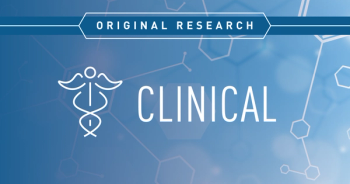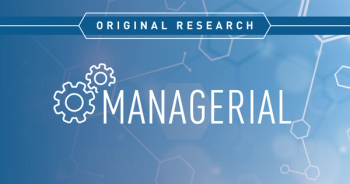
Supplements and Featured Publications
- Managing Hepatitis C: Issues and Challenges for Managed Care
- Volume 10
- Issue 2 Suppl
Managing Hepatitis C: Issues and Challenges for Managed Care
Instructions
For each question, please circle the best response on the answer key provided on pages S43/S44. A statement of credit will be mailed to those who successfully complete the examination with a minimum score of 75%.
1. In the late 1980s, the number of new cases of hepatitis C virus (HCV) infections occurring annually in the United States was
- 48 000
- 242 000
2. By 1998, HCV incidence in the United States was
- 40 000 per year
- 550 000 per year
3. The overall prevalence of HCV infection in the general US population in 1998 was estimated to be
- 1.8%
- 5.0%
4. Between 1990 and 2015, the number of patients diagnosed with HCV in the United States is projected to
- Remain stable
- Increase 4-fold
5. The major risk factor for HCV infections in the United States today is
- Blood transfusions and hemodialysis
- Undetermined
6. Of patients infected with HCV who go on to develop chronic hepatitis, the percentage of patients who will eventually develop cirrhosis is approximately
- 5%
- 17%
7. The rate of progression to cirrhosis in patients with chronic HCV infection is influenced by
- Ongoing alcohol use
- All of the above
8. The most accurate measure of HCV disease severity is
- Branched-chain DNA test for HCV
- HCV ribonucleic acid level + genotyping
9. Patients with HCV genotype 1 have a higher response rate to antiviral therapy than patients with genotypes 2 and 3.
- False
10. In all patients infected with HCV who receive a combination of interferon and ribavirin, the overall sustained virologic response rate is approximately
- 30% to 40%
- 80% to 95%
11. The enhanced virologic response rate of the pegylated interferons in HCV infections is related to
- Prolonged duration of pharmacologic activity
- Enhanced activity in patients with concomitant human immunodeficiency virus infection
12. There is evidence that HCV cirrhosis can actually be reversed by HCV antiviral therapy.
- False
13. In large clinical trials of patients treated with interferon, the incidence of fatigue, headache, and myalgia was approximately
- 30% to 40%
- 80% to 90%
14. The interferon/ribavirin dosing strategy that has been shown to improve sustained virologic response in the most difficult-totreat genotype of HCV is
- Weight-based dosing
- Individualized dosing based on HCV viral load
15. Absolute contraindications to interferon alfa treatment include
- Pregnancy
- Old age
16. The most common dosing regimen for pegylated interferon (Peg IFN) and ribavirin (RI antiviral therapy today is
- Peg IFN twice weekly + RIB BID
- Peg IFN once weekly + RIB once daily
17. Dose reduction is a common strategy for reducing the impact of the common ribavirin-induced side effect of
- Fatigue
- Depression
18. Pharmacists can assure patients that there is absolutely no risk of intrahousehold HCV transmission with the sharing of common household items such as razors or toothbrushes.
- False
19. The most recent Consensus Statement from the National Institutes of Health states that antiviral therapy is absolutely NOT recommended for HCV-infected patients with
- Persistently elevated ALT levels and no liver fibrosis
- Age less than 18 years or over 60 years
20. Nonresponders to interferon plus ribavirin therapy are candidates for further treatment.
- False
Articles in this issue
almost 22 years ago
Understanding Hepatitis Calmost 22 years ago
Participating Facultyalmost 22 years ago
Hepatitis C: A 20-Year Debt Comes Duealmost 22 years ago
Managing Hepatitis CNewsletter
Stay ahead of policy, cost, and value—subscribe to AJMC for expert insights at the intersection of clinical care and health economics.







































